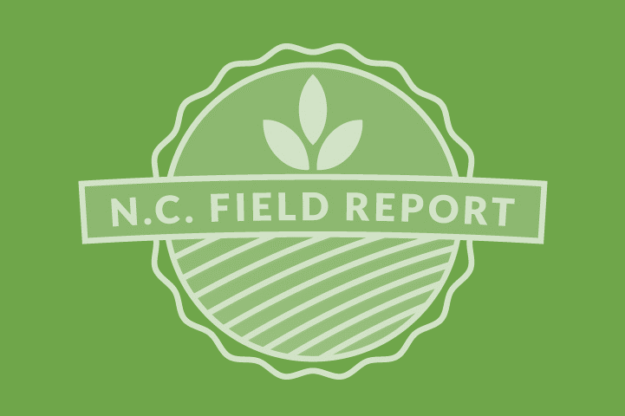Using Thresholds To Control Insects Diseases & Costs
Economic thresholds are developed by researchers to let farmers know when to invest in managing an insect, disease or pest to keep it from reaching an economic injury level (EIL). The EIL is when the crop value lost to injury exceeds the cost of treatment. Using thresholds are an important tool for farmers in knowing…
Details









